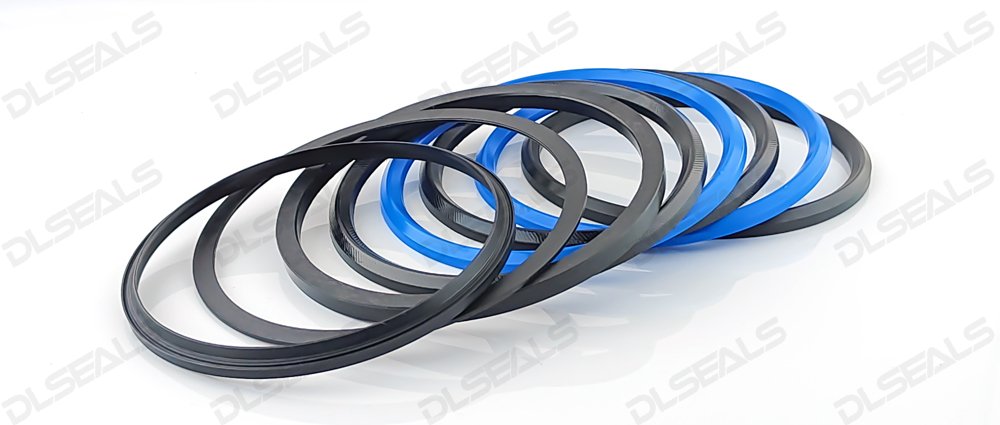In the dynamic landscape of industrial engineering, sealing technology plays a crucial role in ensuring the efficiency, reliability, and safety of various systems. As industries continue to evolve, so does the demand for innovative sealing solutions that can withstand increasingly rigorous operating conditions while minimizing environmental impact. In this article, we delve into the future of sealing technology, exploring emerging trends and groundbreaking innovations poised to shape the industry in the coming years.
Advanced Materials: Traditional sealing materials like rubber and plastics are being augmented by advanced composites, ceramics, and nanomaterials. These next-generation materials offer superior resistance to extreme temperatures, pressures, and chemical exposure, enhancing the durability and performance of seals in diverse applications ranging from automotive engines to aerospace components.
Smart Seals: The integration of sensor technology and Internet of Things (IoT) capabilities is revolutionizing sealing systems. Smart seals equipped with embedded sensors can provide real-time data on operating conditions, allowing for predictive maintenance and optimized performance. This proactive approach to seal monitoring enhances reliability, reduces downtime, and prolongs equipment lifespan.
Seal Design Optimization: Computational modeling and simulation tools are enabling engineers to design seals with unprecedented precision and efficiency. By leveraging advanced algorithms and virtual prototyping techniques, manufacturers can tailor seals to specific application requirements, optimizing factors such as sealing effectiveness, friction, and wear resistance. This iterative design process accelerates product development and minimizes costly trial-and-error iterations.
Environmentally Sustainable Solutions: With growing emphasis on environmental sustainability, there is a concerted effort to develop eco-friendly sealing technologies. This includes the use of bio-based materials, recyclable seals, and energy-efficient manufacturing processes. By reducing carbon footprint and minimizing waste generation, sustainable seals contribute to a greener future while meeting regulatory compliance and customer demands.
Additive Manufacturing (3D Printing): Additive manufacturing is revolutionizing the production of seals by offering unparalleled design freedom and rapid prototyping capabilities. 3D printing enables the creation of complex geometries and customized seals with minimal material waste. This flexibility facilitates on-demand manufacturing, customization for specific applications, and rapid response to design iterations, ultimately streamlining supply chains and reducing lead times.
Seals for Extreme Environments: As industries push the boundaries of exploration and operation in extreme environments such as deep-sea, high-altitude, and space, there is a growing need for seals capable of withstanding extreme conditions. Innovations in material science, surface coatings, and seal geometries are enabling the development of seals that excel in these challenging environments, ensuring reliable performance in the harshest conditions.
Bio-Inspired Sealing Solutions: Nature often serves as a source of inspiration for innovative engineering solutions. Biomimicry, the practice of emulating nature’s designs and processes, is being applied to the development of sealing technology. By studying natural phenomena such as self-healing properties in organisms or water-repellent surfaces in plants, engineers are creating seals with enhanced functionality, self-repair capabilities, and adaptability to changing conditions.
In conclusion, the future of sealing technology is marked by a convergence of advanced materials, digitalization, sustainability, and biomimicry. By embracing these trends and innovations, manufacturers can meet the evolving demands of modern industry, delivering seals that offer unparalleled performance, reliability, and environmental responsibility. As technology continues to advance, sealing solutions will play an increasingly pivotal role in driving efficiency, safety, and sustainability across a wide range of applications.
Post time: Mar-26-2024

